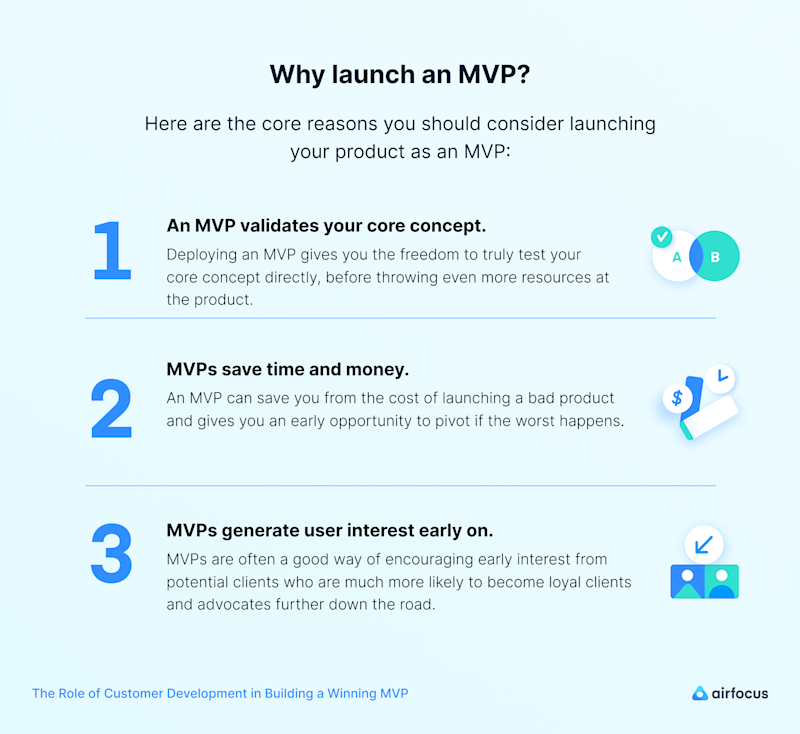Time to Market
What is time to market in product management?
Time to market definition
Time to market is a simple but important metric representing the time between a product’s inception and its availability on the market. Time to market can help assess how viable a product idea can be in a heavily contested market, with plenty of benefits to those who can minimize their time to market.
Why is time to market important?
Time to market can directly influence critical factors in your product development, launch, and even wider business objectives.
Being the first to bring something to market almost always comes with a clear advantage over competitors. This is especially true in the tech industry, where new developments regularly spark excitement within the community.
The first one to put out a new, highly anticipated product or feature will see a significant uptick in new and returning customers. This directly leads to better sales while also securing a larger market share.
Having a quicker time to market than your competitors allows you to set the price point. This will help you avoid being priced out of the market or launching your version at a loss because you can base pricing on your development costs.
What factors influence time to market?
Two main types of factors influence time to market: internal and external factors.
Internal factors
The product development process is possibly the biggest factor when it comes to minimizing your time to market. Streamlining your process with Agile methodologies and effective prioritization will help you quickly reach market-ready status.
Organizations looking to reduce their time to market need to work hard to facilitate cross-team coordination. Streamlined communication between departments will help the development process by eliminating siloed teams and ensuring everyone is on the same page.
Establishing a strong Go-To-Market strategy will also affect how fast you can get a product to market. This process includes establishing pricing points, how the product will be distributed and marketed, and ensuring your customer-facing teams are positioned to give the best customer support.
External factors
External factors affecting your time to market are tougher to predict, but knowing what could happen will help you plan for them.
Market behavior, in particular, can be highly unpredictable, especially in tech. You must account for inflation to ensure your product is priced correctly on launch. Your competitors will also be looking for opportunities to beat you to the punch. Then, you have to consider if users are even ready for the product.
All of this can be hugely disruptive to your time to market metric if you aren’t proactive enough.
How to enhance time to market
1. Lean and agile resource management
Adopting Lean and Agile principles will help reduce resource usage by cutting out work that doesn’t add value to the user. This also reduces the time needed for development, allowing you to get the product to market faster.
Book recommendation: The Lean Startup: How Today's Entrepreneurs Use Continuous Innovation to Create Radically Successful Businesses
2. Use a minimum viable product approach
Going the MVP route allows you to get a product out faster. It means you’ll be updating the product with new features post-launch, but it allows you to get a jump on the competition.

3. Be proactive about risk management
Being proactive can help mitigate any risk to your time to market. The sooner you can identify any potential disruption, the more likely you are to overcome it.
4. Optimize and refine your processes
Streamline your processes with product management tools and automation to reduce the time it takes to perform monotonous but vital tasks.
General FAQ

Glossary categories
Create effective product strategy

Experience the new way of doing product management








